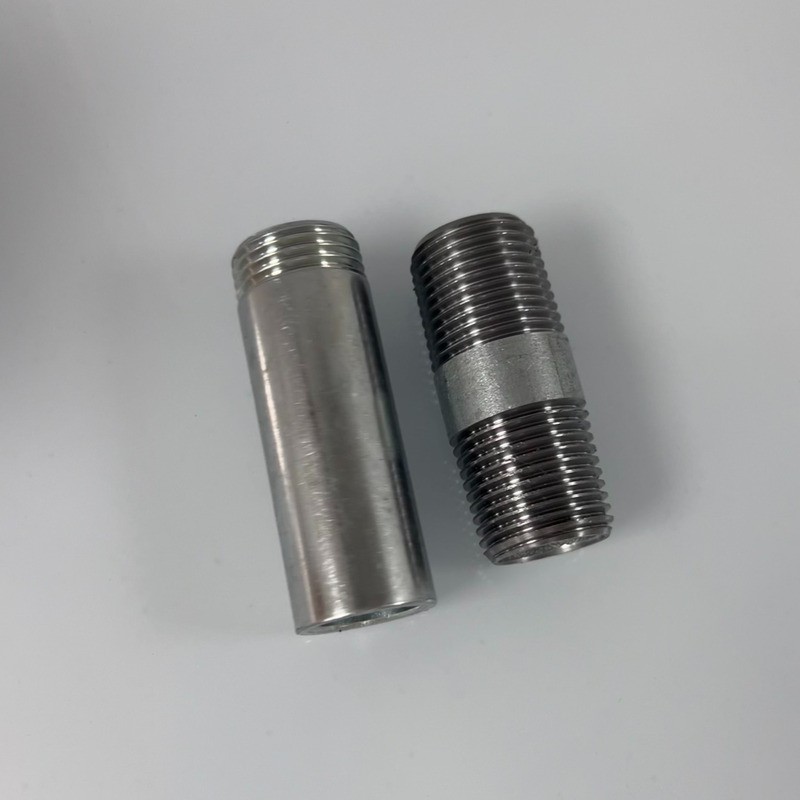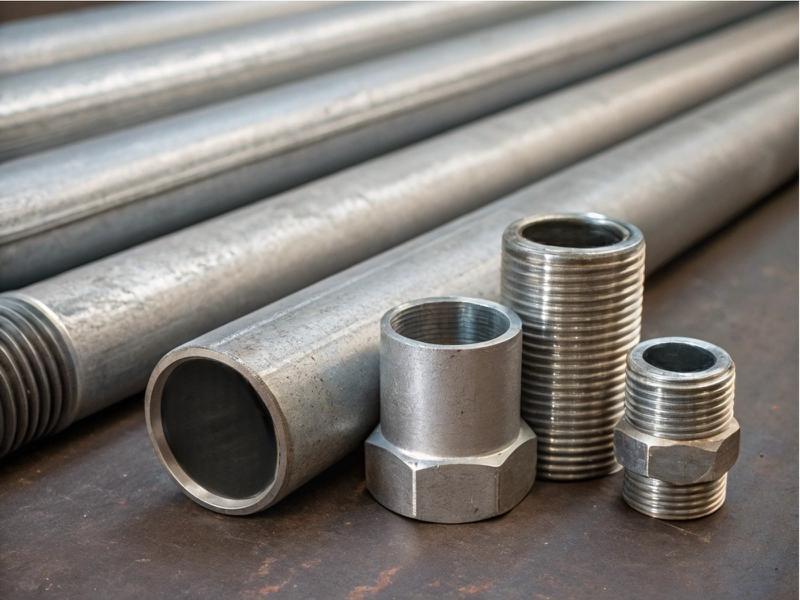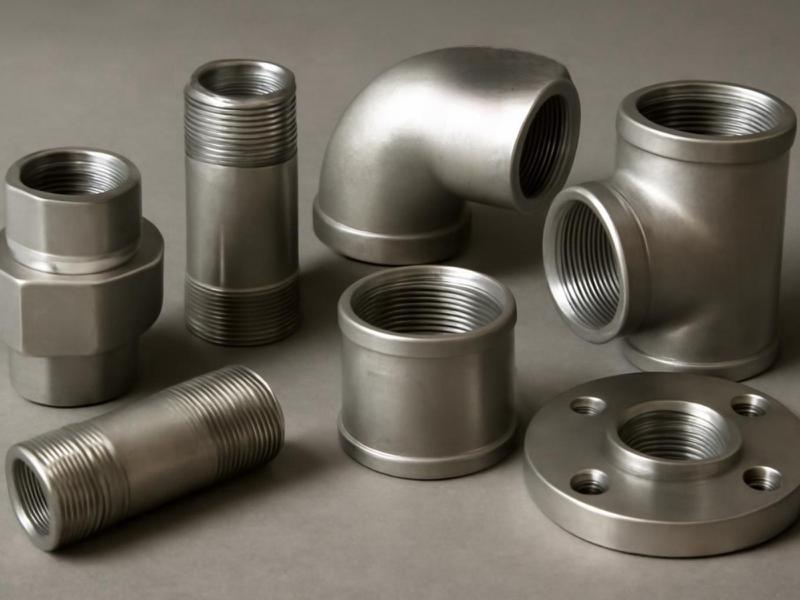When sourcing pipe fittings in international trade, buyers often focus on two critical aspects: material standards and thread standards. Different regions have their own commonly used standards for stainless steel fittings and carbon steel fittings, which ensure compatibility, safety, and durability in industrial piping systems.
This guide explains the popular pipe fitting standards in different countries and regions, including America (ASTM/ANSI/ASME), Europe (EN/DIN), Germany (DIN), the United Kingdom (BS), Japan (JIS), and International ISO standards.
1. Pipe Fitting Material Standards
America (ASTM / ANSI / ASME Standards)
The ASME/ANSI standards are widely used in the United States. They are suitable for high-pressure and high-temperature applications such as oil & gas, chemical plants, and power stations.
Stainless Steel Fittings
-
ASTM A182
-
ASTM A312
Carbon Steel Fittings
-
ASTM A53 for welded and seamless carbon steel pipes, commonly used for low and medium-pressure.
-
ASTM A106 for seamless carbon steel pipe for high-temperature service
Europe (EN / DIN Standards)
In Europe, both EN and DIN standards are applied to stainless steel and carbon steel fittings.
Stainless Steel Fittings
- DIN 2950, DIN 2999
Carbon Steel Fittings
-
DIN 2441 for heavy-duty steel pipes (carbon steel)
-
DIN 2986
-
EN 10241 fittings are widely used in Europe, replacing older DIN standards.
Germany (DIN Standards)
DIN standards are the most common in Germany and Central Europe. They are often used for pipe nipples, pipe couplings, elbows, and other threaded fittings.
Stainless Steel Fittings
-
DIN 2982, DIN 2986
-
DIN 2441, DIN 2440
Carbon Steel Fittings
DIN 2441, DIN 2986, EN 10241
British (BS Standards)
BS standards are common in the UK, similar to the EN system.
Carbon Steel Fittings
-
BS 1387– Welded carbon steel pipes (for fittings and construction use)
-
EN 10241– Steel threaded fittings
Japan (JIS Standards)
JIS standards are widely used in Japan and many Asian markets. JIS B2311, B2312, B2313 for stainless steel and carbon steel fittings.
International (ISO Standards)
The ISO standards are recognized worldwide, ensuring global compatibility.
-
ISO 7-1
2. Pipe Fitting Thread Standards
Thread type plays a vital role in ensuring tight connections in threaded fittings, such as nipples, couplings, unions, elbows, and tees.
NPT (National Pipe Thread, USA)
Widely used in the United States, especially in North America
60° thread angle
Tapered thread provides a strong seal under pressure
BSP (British Standard Pipe, Europe/Asia/Middle East)
Two main types:
BSPP (parallel) and BSPT (tapered) – 55° angle
Common in the UK, India, Southeast Asia, and the Middle East
ISO 7-1 (International / Europe)
Equivalent to BSPT, widely accepted in Europe and international markets
Conclusion
When selecting pipe fittings for international projects, understanding both material standards (ASTM, EN, DIN, JIS, BS, ISO) and thread standards (NPT, BSP, ISO) is essential.
For American markets → ASTM/ANSI (NPT thread)
For European markets → EN/DIN (BSP or ISO thread)
For Asian markets (Japan, China, Southeast Asia) → JIS, ISO, BSP threads
For Middle East & India → BSPP/BSPT threads dominate
Choosing the correct pipe fitting standard ensures compatibility, safety, and smooth installation in global industrial piping systems.





